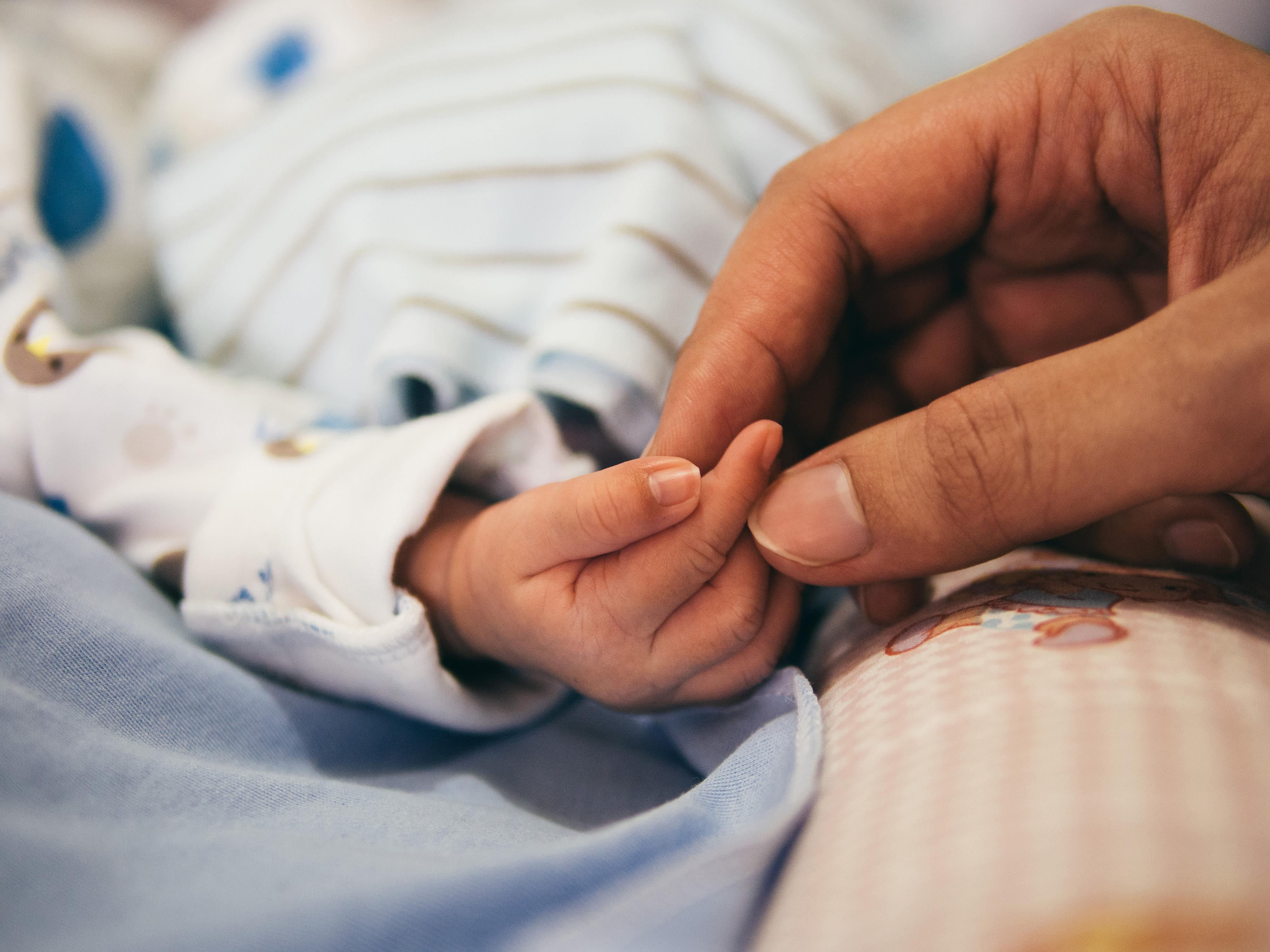Beginning in 2018 employers across the state of New York will have to allow their employees to take time off from work under the New York Paid Family Leave Program. Some of these businesses are already subject to the federal Family and Medical Leave Act (FMLA). However, the FMLA only affects employers with 50 or more employees and only permits unpaid leave. The New York Paid Family Leave Program applies to employers with as few as only one employee! Plus, because it is paid leave, employees are more likely to take advantage of it.
The state proposed rules expanding on the New York Paid Family Leave Program in February 2017. These regulations are not yet final. Thus, things could change before the law takes effect. However, here are some basics from what we know so far.
Differences between the FMLA and New York Paid Family Leave
Covered Employers
FMLA: Governmental entities and private companies with 50 or more employees
New York: All employers subject to the NY Workers’ Compensation Law; but optional for governmental employers (The proposed regulations are very complex for governmental employers. If you need assistance in navigating them, you can contact me.)
Eligible Employees
FMLA: Employed for 12 months and worked 1,250 hours in preceding 12 months
New York: Employed for 26 weeks (or 175 days if part-time)
Length of Leave
FMLA: Up to 12 weeks in a 12-month period
New York: Up to 8 weeks in 2018; up to 10 weeks in 2019-2020; and up to 12 weeks beginning in 2021
Compensation
FMLA: None required; may be able to use other available paid leave
New York: 50% of Average Weekly Wages (AWW) in 2018; 55% of AWW in 2019; 60% of AWW in 2020; and 67% of AWW beginning in 2021
Qualifying Circumstances
FMLA: New child (birth, adoption, foster); Employee’s own serious health condition; Care for family member with serious health condition; “Qualifying exigency” military leave; Care for military service member with serious injury or illness
New York: Just new child, care for family member with serious health condition, and “qualifying exigency” military leave. Doesn’t apply to leave for the employee’s own serious health condition!
Administration
FMLA: All paperwork and decisions handled by employers.
New York: The Paid Family Leave Program is a component of employers’ disability insurance policies and administered by the insurance carrier or self-insured employer.
Other Significant Components of the New York Paid Family Leave Program
- Health insurance – As with the FMLA, employers must maintain health insurance coverage on the same terms as if the employee were actively employed.
- Job Restoration – Similar to the FMLA, employees who take leave are entitled to return to the position they held before leave or to a comparable position with comparable pay, benefits, and terms and conditions of employment.
- Impact of Collective Bargaining Agreement – If a CBA provides family leave benefits that are “at least as favorable” as the law, then the employer doesn’t have to separately satisfy the legal requirements.
- Funding – Paid leave benefits will be funded entirely by employees through payroll deductions. Some employees who don’t work enough to be eligible to take Paid Family Leave may be able to opt out.
Potential Problems for Employers
Here are just a few early projections about how the New York Paid Family Leave Program could adversely impact workplaces:
- Small employers (with as few as one employee) will now have to allow employees to take up to 12 weeks of paid leave, maintaining health insurance, and then reinstate them.
- Larger employers will have to coordinate New York’s Paid Family Leave Program along with the FMLA, and the two won’t always line up.
- Employees won’t like having the money taken out of their paychecks. They may seek increased compensation to offset the deduction.
- Because employees will get paid during leave (and because they are paying for the Program in the first place), they are more likely to take time off.
- Since the insurance carrier determines coverage, employers may have to allow employees to take leave while not knowing whether the employee is legally entitled to return to work.
- Employees get paid more for taking Paid Family Leave than they receive in disability benefits for their own medical conditions. This could create new hostility, or at least confusion, among employees or between employees and their employers.
I encourage you to follow this blog and sign up for my email newsletter to keep up with the latest developments on the New York Paid Family Leave Program and many other important topics.
If you have questions along the way, please let me know.
